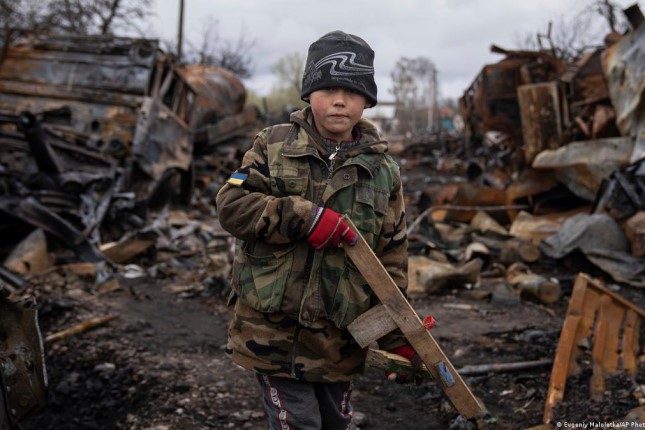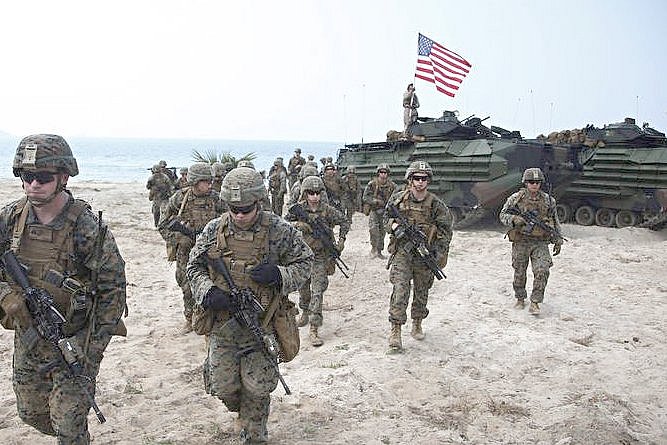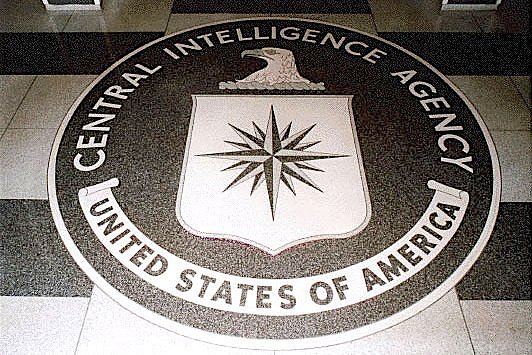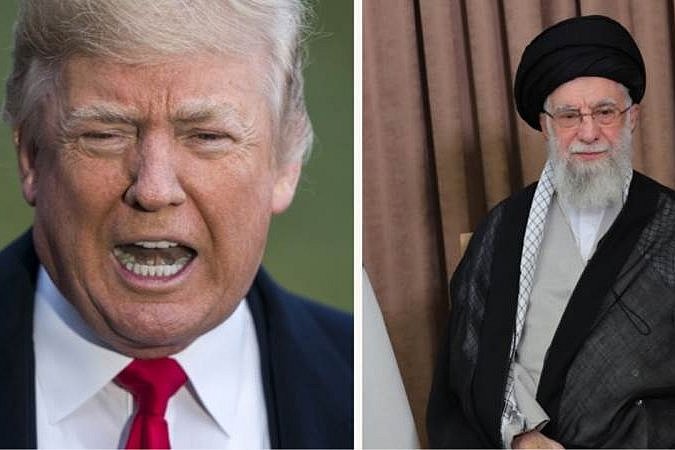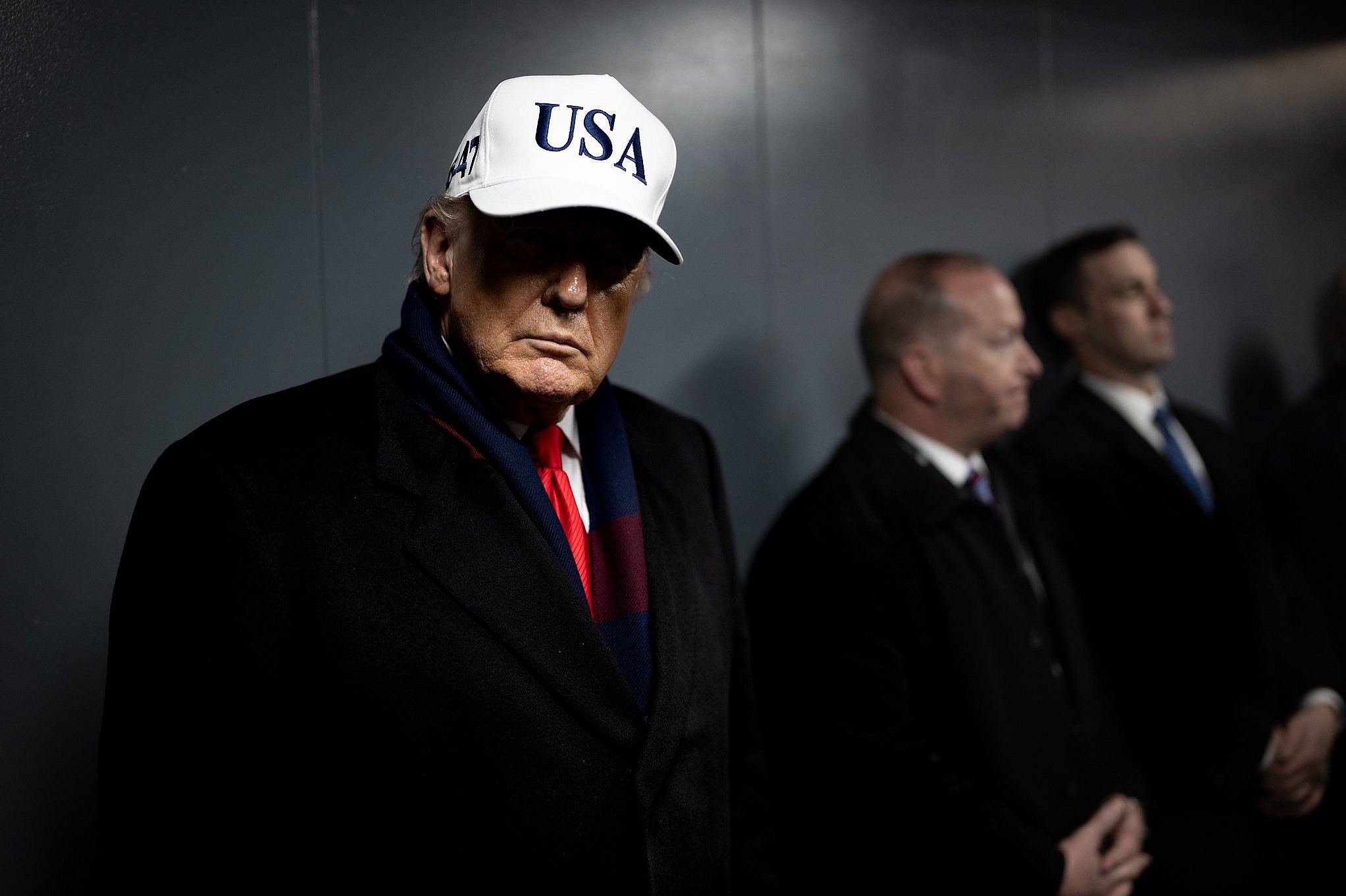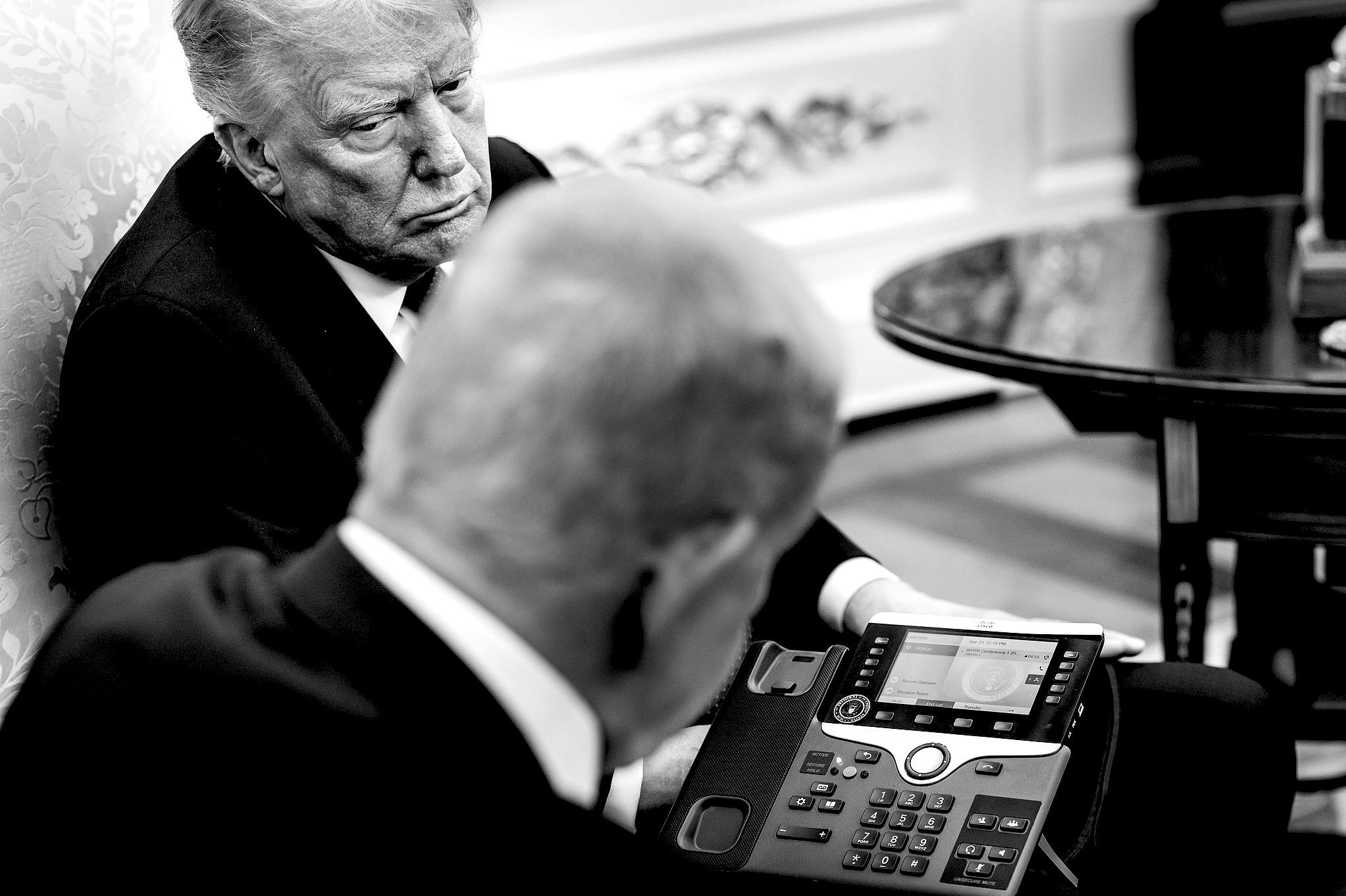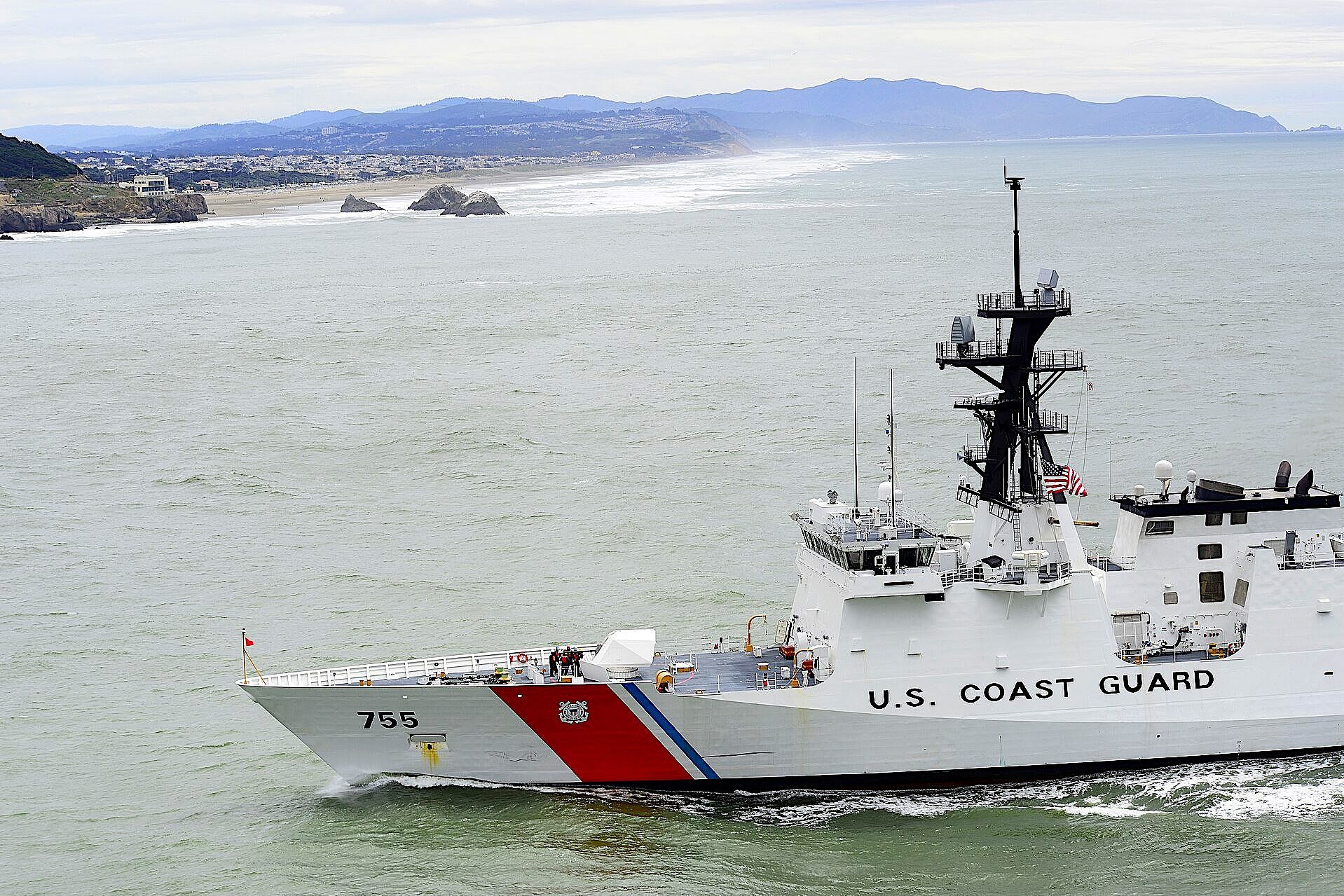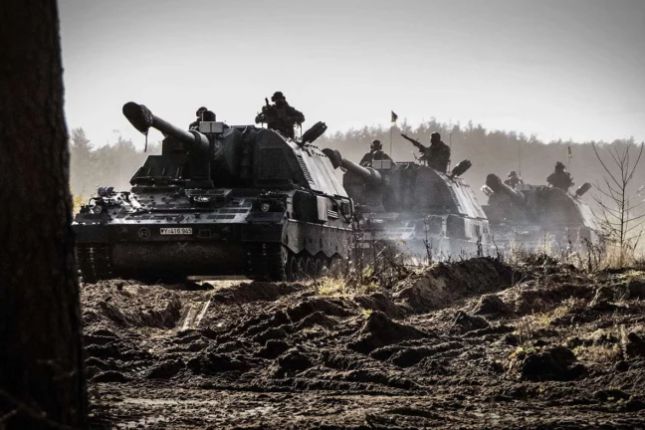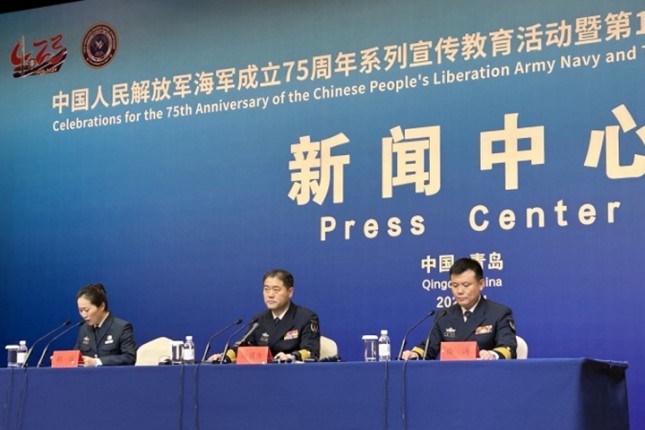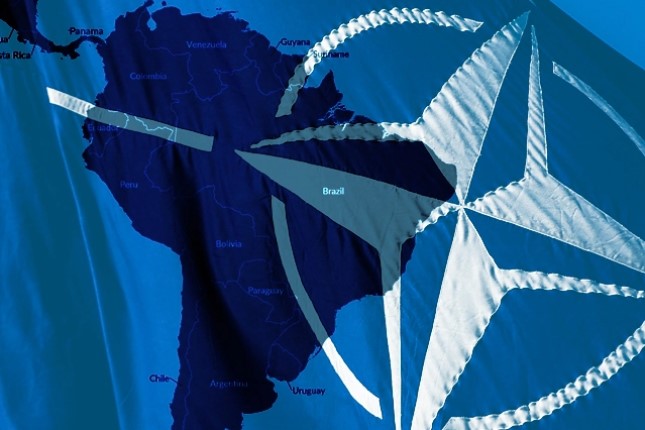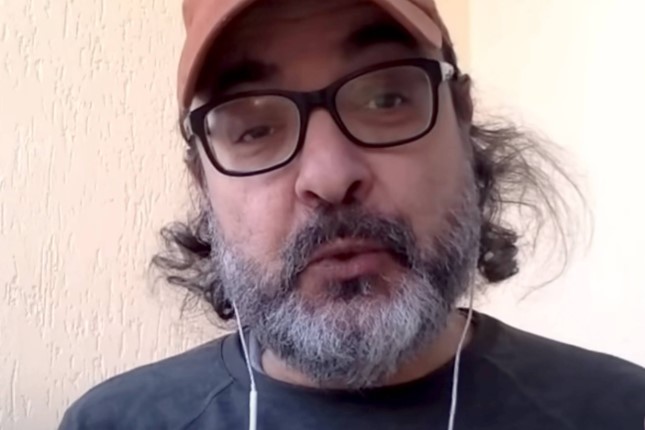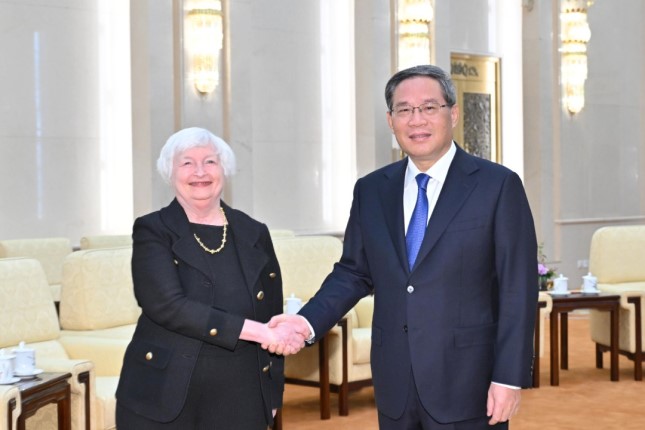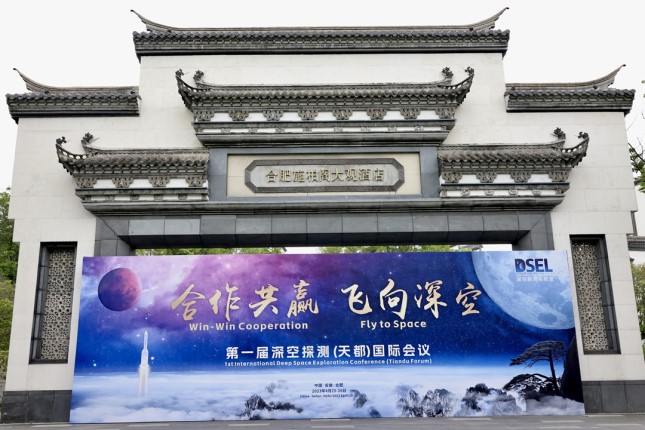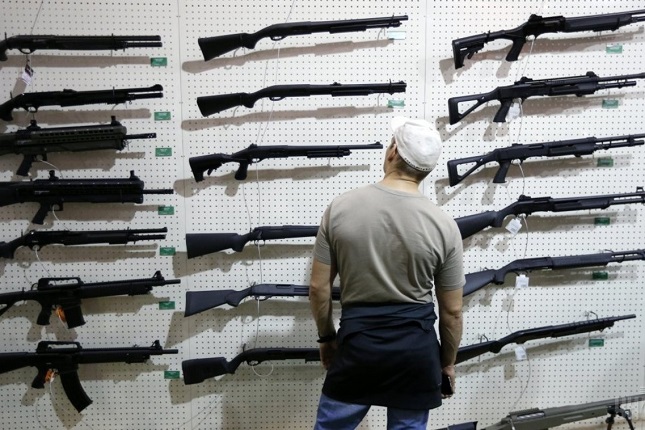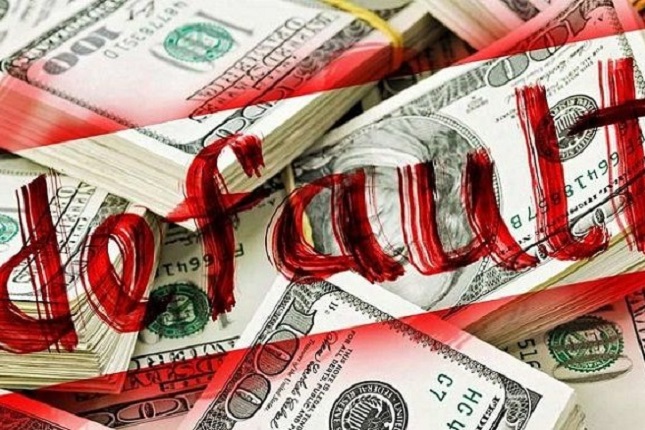Ukraine is not in NATO, and it has not received any firm assurance that it will ever be. All that has happened is that the fifteen year old promise that Ukraine will some day become a member of NATO has been updated to a promise that Ukraine will “join the Alliance when Allies agree and conditions are met.” Recognizing the ruse, Ukraine’s president, Volodymyr Zelensky, has bitterly complained that “It’s unprecedented and absurd when time frame is not set neither for the invitation nor for Ukraine’s membership. While at the same time vague wording about ‘conditions’ is added even for inviting Ukraine.”
Ukraine is not whole. It has not pushed Russia off its land or reacquired any significant amount of contested territory. Donbass and Crimea remain firmly in Russia’s control. No Ukrainian advance severed Crimea from the mainland. Indeed, as the New York Times pointed out at the end of September, during this counteroffensive Ukraine actually lost more territory than it gained.
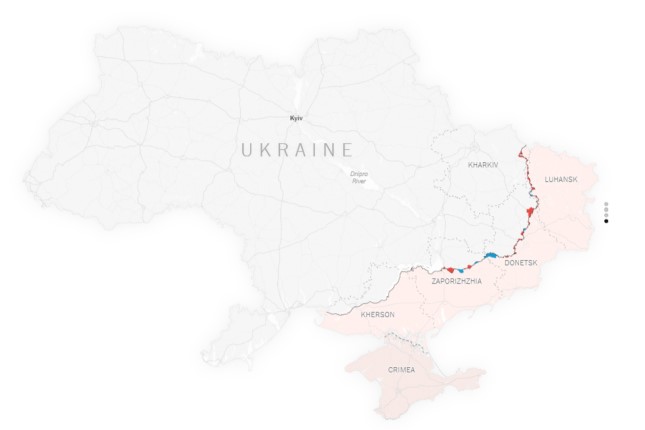
Despite nine months of bloody fighting, less than 500 square miles of territory have changed hands since the start of the year. A prolonged stalemate could weaken Western support for Ukraine.
As a result, Ukraine is not in any better position to negotiate, as US president Biden promised it would be a year and a half ago. Instead, it is in a far worse bargaining position now than it was during the first weeks of the war, when it initialed a tentative ceasefire agreement with Russia promising to forgo NATO membership in exchange for a Russian withdrawal to its prewar position. At that point, Ukraine could have ended the conflict with relatively few casualties, and its miliary and infrastructure still intact, but the US blocked peace efforts and urged Ukrainian leaders to fight on in pursuit of US goals, according to several sources who were present at the talks, or in a position to know.
And yet, the US has no more achieved any of its goals than has Ukraine. It has not seen Russia’s militarily weakened, a goal Defense Secretary Lloyd Austin identified. Indeed, several Western analysts have suggested that Russia is now stronger militarily than it was in April 2022.
Nor has Russia been “devastated by sanctions” as Treasury Secretary Janet Yellen promised; its economy has, instead, grown. General Valery Zaluzhny, the commander-in-chief of the Ukrainian armed forces, even stated recently that “the capabilities of [Russia’s] military industry are increasing, despite the introduction by the world’s leading countries of unprecedented sanctions against the aggressor state.” There has been no uprising in Russia against the war; not even a perceptible dent in Putin’s domestic popularity. And, to add insult to injury, Russia is far from isolated diplomatically, as shown by the lackluster international response to calls to boycott Russia, and the growing interest in multipolar international organizations favored by Russia like BRICS.
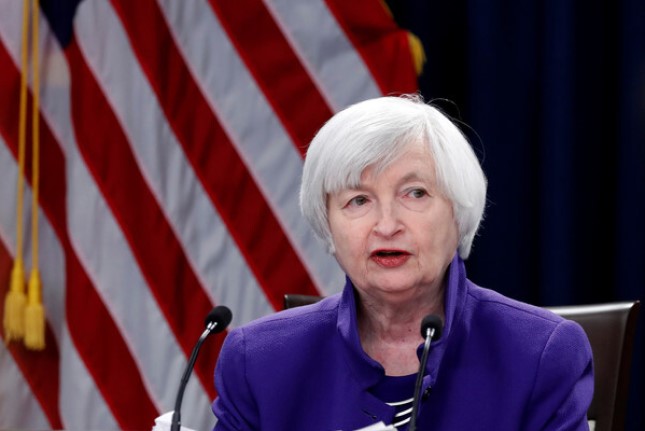
Janet Louise Yellen is an American economist and US Treasury Secretary since 2021. Previously, he was the head of the US Federal Reserve from 2014 to 2018. She served as Vice Chairman of the Board of Governors of the Federal Reserve System from 2010 to 2014. Honorary Member of the British Academy.
All that has been achieved by prolonging this war is the loss of hundreds of thousands of lives, the loss of tens of thousands of limbs, the devastation of infrastructure and of the environment, and the shattering of global peace and stability.
While President Zelensky continues to insist that he believes “in Ukraine’s ultimate victory over Russia,” his generals refute him and his close aides worry that he has become “delusional.” Beginning negotiations would seem to be the only logical option at this point, but it would be especially difficult for Zelensky, who promised his nation that their sacrifice would push Russia back to the borders of 1991. If, before the war, Zelensky was forced to back down from granting autonomy to the Donbas by threats of Far Right violence, how will he stand up to threats for negotiating the unequivocal surrender of Donbas to Russia? As US and European officials timidly begin to suggest that Kiev should consider negotiations with Russia, the question of the hour becomes: “what comes next for Ukraine?”
One option would be for Zelensky to hold elections and say that he only turned to negotiations after being abandoned by the Western leaders. He has already laid the foundation for such a campaign by letting his aides state publicly that he “feels betrayed by his Western allies [who] left him without the means to win the war.”
Or, he could realize that, though he was the president to lead Ukraine through the war, he is not the president to lead it out of the war. He could then reverse his recent declaration that there should be no elections until after the war, and simply not run for re-election.
In that case, two names that are often mentioned as candidates are the current Commander-in-Chief of the Armed Forces, Valery Zaluzhny, and Zelensky’s former advisor, Oleksiy Arestovych. Zaluzhny is by far the most trusted potential candidate next to Zelensky. As a war hero, he might be better positioned to negotiate an end to the war, now that he has effectively pronounced it unwinnable under present circumstances.
Unlike Zaluzhny, who has given no indication that he plans such a move, Arestovych recently stated that he definitely will run for president against Zelensky. He has recently confessed to painting a misleadingly optimistic picture of the war to save Ukrainians and help them get through the war. Now, he says, the truth must be told for the same reason. If elected he promises to immediately begin peace talks with Russia, and he has suggested that ceding some territory to Russia will have to be part of any diplomatic solution.
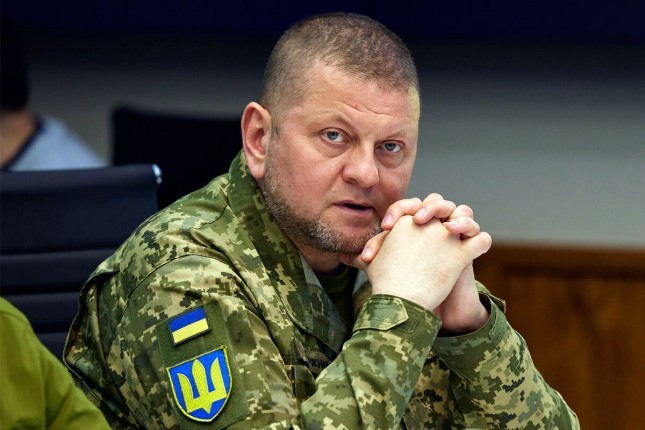
Valery Fedorovich Zaluzhny is a Ukrainian military leader, Commander-in-Chief of the Armed Forces of Ukraine since July 27, 2021, holder of the highest rank - general.
Now, therefore, is the time to think realistically about what a diplomatic solution might actually look like. Analysts who take the statements of political leaders during wartime at face value often conclude that opposing positions are irreconcilable. But when thinking about negotiations, it is not so much what Russian and Ukrainian leaders have said, but what they have not said, or perhaps intentionally avoided saying, that becomes important.
Throughout this conflict, one can trace a framework that both sides agree on, and that can serve as the basis for meaningful negotiations. It is this: both sides want Ukraine to exist as a state that has good relations with all its neighbors. No one disputes this, not even Russia (with the caveat that Ukraine not join any military alliance). There are thus three specific points of contention that need to be resolved. In ascending order of difficulty, they are:
1) Ukraine wants to join both NATO and the EU. Russia has “never objected” to Ukraine joining the EU, but does insist that Ukraine not join NATO;
2) Ukraine seeks a monocultural and monoethnic country, without any Russian minority. Russia seeks legal guarantees for the cultural, religious, and political rights of Ukraine’s Russian speakers.
3) Ukraine wants to restore its 1991 borders. Russia wants to retain the five regions that it has annexed.
Here is how these divergent positions might be reconciled:
1) Ukraine agrees to forgo its NATO aspirations in exchange for security arrangements that would include “giving Ukraine the tools it needs” to defend in accord with “the Israeli model” or bilateral security guarantees from a number of countries, possibly including the United States, Russia, the UK, France, and China. Meanwhile, Ukraine joins the EU with Russia’s blessing.
2) Ukraine agrees to amend its current nationality law so that it recognizes Russians as a minority within Ukraine, and extends to it the same rights that it grants to other minorities. This would be in keeping with Article 10 of the Ukrainian Constitution, which reads, in part, “In Ukraine, the free development, use and protection of Russian, and other languages of national minorities of Ukraine, is guaranteed.” For its part, the EU stipulates that respect for the Ukrainian constitution and minority rights, including those of Russian speakers, are prerequisite for full membership.
3) To bring a halt to the senseless death and destruction, Ukraine and Russia agree to ceasefire and begin negotiations on a 15-25 year “Special Status Agreement” for the five regions occupied by Russia. Under this special status, these regions would benefit from a privileged global investment regime that will not only encourage investment, but will also allow this region’s exports to cross unimpeded across the borders of Ukraine, Russia, and the EU.
This will involve lifting some mutual economic sanctions. More importantly, however, it can also serve as a basis for channeling the Russian assets seized by the West into uses that would be appealing to all parties. The West could make the release of such funds contingent on their use exclusively in Ukraine, and all parties would benefit from having funds at their disposal immediately, rather than having to ask their taxpayers for additional monies, or see them tied up in litigation for decades.
These rather simple confidence-building measure would quickly transform these five regions from a zone of geopolitical conflict, into a bridge for peace and trade. During their Special Status period, these regions would have to be administered by local officials acceptable to both Russia and Ukraine, perhaps under the supervision of a special United Nations administrator At the end of some specified period of time, a referendum should be held to determine the final status of each region. Some of the mechanisms used in the past to defuse the disputes over the Free Territory of Trieste and Saarland might apply here as well.
Whatever comes next for Ukraine, most observers now agree that it will not be achieved on the battlefield. Pursuing that path will only weaken Ukraine, and move its goal of sustainable independence further away. Whatever can be achieved, must now be achieved at the negotiating table.
Source: AntiWar.
